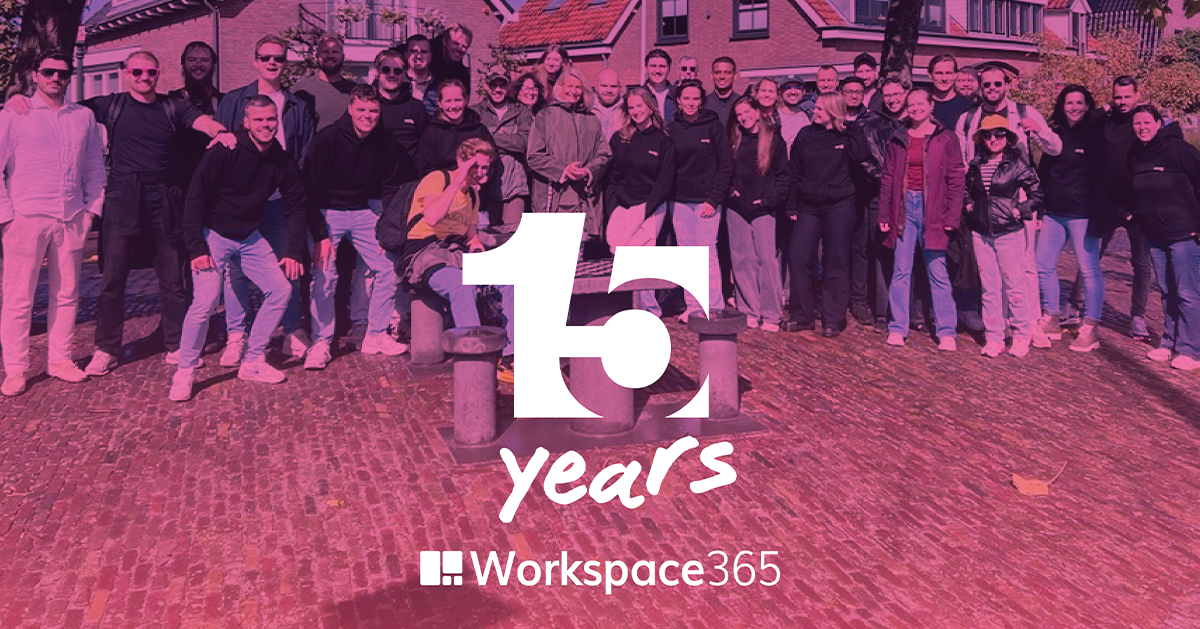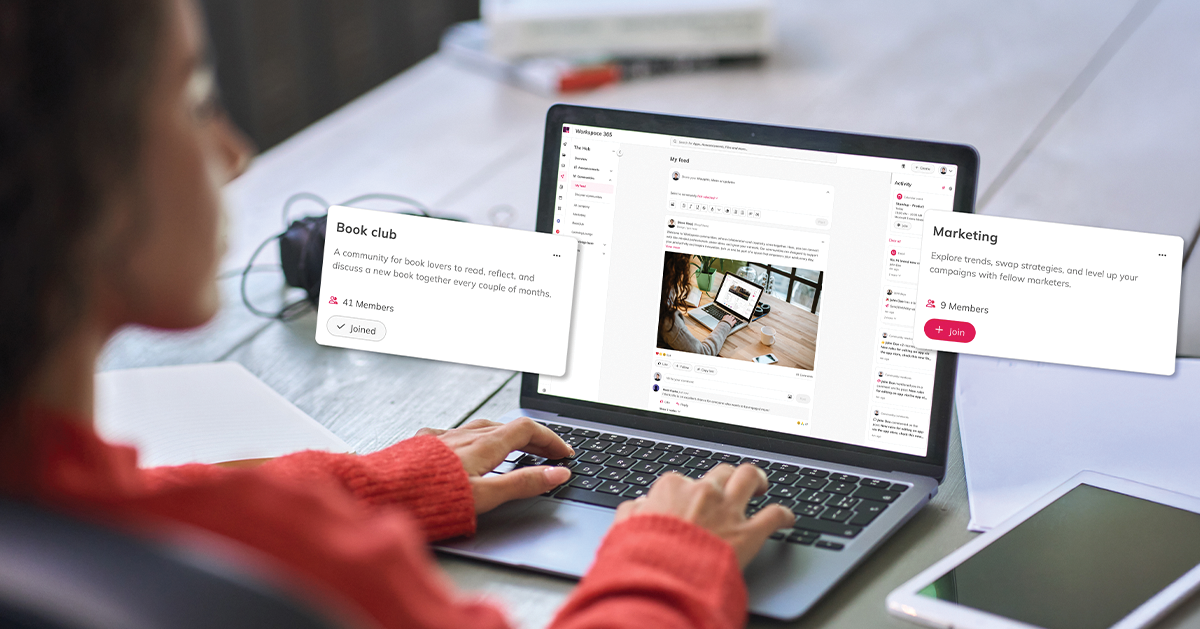It’s a cliché, but no less true: no one is the same. What works for one person, does not work for another – and vice versa. Think of top athletes who follow a strict diet. Their goal may be the same (to become the very best in their particular sport), but an endurance runner’s diet will look very different to that of a basketball player.
In a way, the same applies to the technology we use every day. We also adapt it as much as possible to our own preferences and personal goals. Take your laptop or smartphone: you usually configure it to your own preferences as much as possible, with your own applications, your own layout and your own desktop.
The underlying operating system may be the same, but the way the device is used and the user experience varies from user to user. Just think about it: often it is not that easy to quickly find your way around someone else’s device.
The digital workspace: one size fits all?
This is exactly how it works with the digital workplace in an office environment: what works well for one colleague, leads to frustration and loss of productivity for another. It is therefore all the more remarkable that many organisations still opt for ‘one size fits all’ when it comes to the way in which they set up the digital workspace. All users are forced to work in the same way; with the same applications and tools, in the same environment and to the same standards.
At the same time, the number of available applications and functions is often growing so rapidly that users are increasingly in danger of losing the overview. Certainly, users who are less digitally literate will no longer know exactly which application they can use to do what, or what information they can find where.
One size fits none
The result: one size fits none. This leads to frustration, loss of productivity and unnecessary pressure on the IT department, which is busy all day ‘putting out fires’.
One solution could be to enable users or user groups to configure their digital workspace entirely as they see fit. Users determine for themselves, within certain preconditions, how they set up their digital workspace and which tools and applications they want to use for which task. They leave out everything they don’t need.
Not a viable option
In practical terms, however, this is usually not a viable option. For the average IT department, it is impossible to set up, manage and keep a separate digital environment up-to-date for each user group within an organisation.
In short: ‘complete’ freedom, within a certain bandwidth, is not possible. At the same time, you want to offer your users or groups the possibility of personalising and optimising their digital workspace and the associated user experience as much as possible. What to do now?
Central management, personalised experience
The solution: a digital workspace that you can manage centrally, but which can be customised for different user groups. By connecting the digital workspace to an identity platform such as Azure Active Directory, it becomes possible to give user groups – depending on their specific role and the corresponding rights – access to a digital environment that is tailored to them. Within this online workspace they will find only the systems and applications that are relevant to them at that particular moment.
Such a construction combines the best of both worlds and offers numerous advantages to the various user groups within an organisation – and thus to the organisation as a whole.
Users only see what is relevant
In their centrally-managed digital workspace, users only see what is relevant to their own work after logging in. Depending on their role and the associated rights, they are granted access to specific local, hosted and web applications. You can do this within Workspace 365, for example, or integrate tile groups from Workspace 365 into your current digital workspace or intranet.
This solution can also be combined with conditional access, which sets conditions for accessing certain applications in the digital workspace. Thereby, you can stop people from accessing specific applications and information in certain ways. For example, it then becomes impossible to open certain sensitive files outside the company network. Or to open an application that only works in Chrome in Internet Explorer.
Simple group, user and application management
Such a centrally managed digital workspace offers advantages not only for the user, but also for the administrator. Thanks to the link of Workspace 365 to Azure Active Directory, user management takes place entirely in one central tool. Within this tool, the administrator can easily create groups.
They can also choose to delegate ownership of a group or application to multiple admins, such as managers. They then have more control over what their team members see within their digital workspace. And when a new employee joins? Then the administrator quickly creates a new digital workspace that, depending on the role of the new colleague and any other preconditions, offers exactly the right tools and information.
Application management also takes place from one central location within this solution. Users who want access to a certain application can simply request this within their own workplace. Submitting separate tickets is no longer necessary; the administrator receives all requests and can either grant or deny them immediately.
Productive and enjoyable work
The digital workspace does not exist. What works and what doesn’t differ from sector to sector, from company to company and – as we have seen – from user group to user group. This makes it all the more important to choose an approach that goes beyond one size fits all, without making it practically unworkable.
Our own Workspace365 platform offers all kinds of possibilities for this. By removing the distractions of irrelevant content, users can be more productive and work can be more enjoyable – and that’s what it’s all about.







